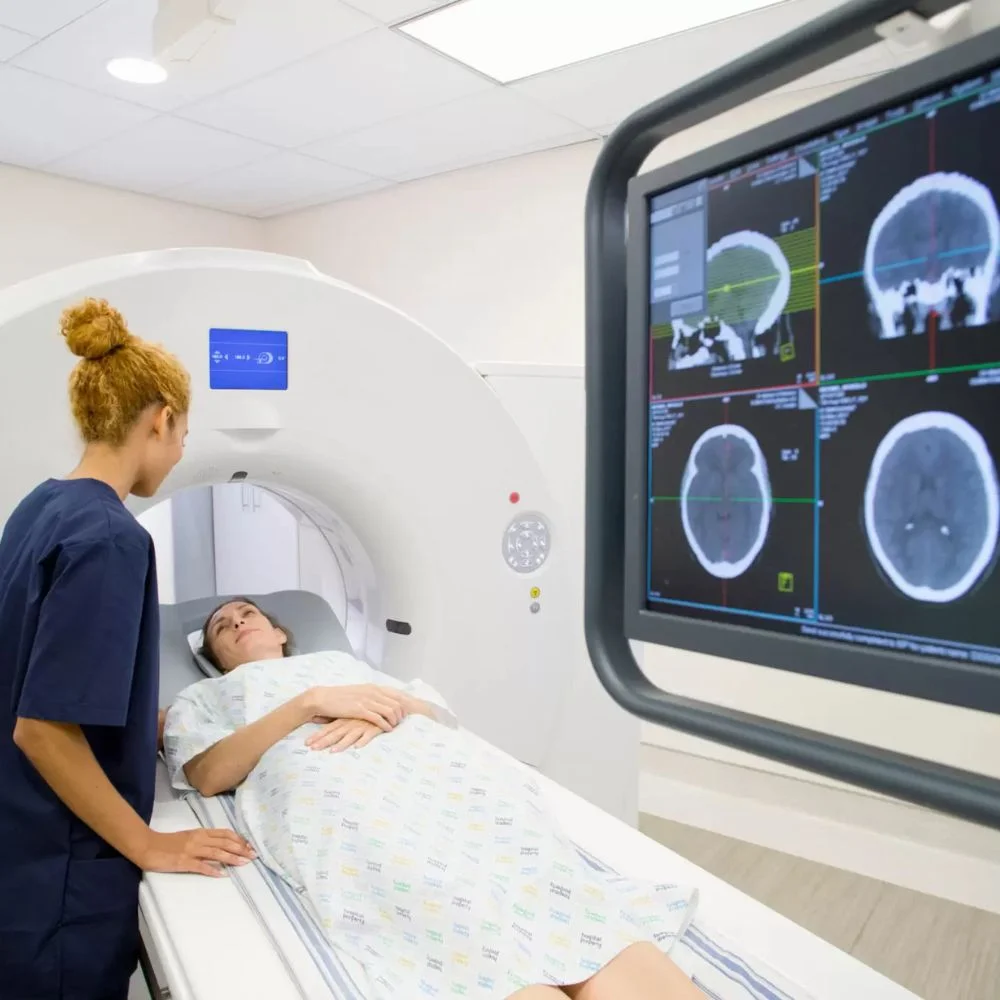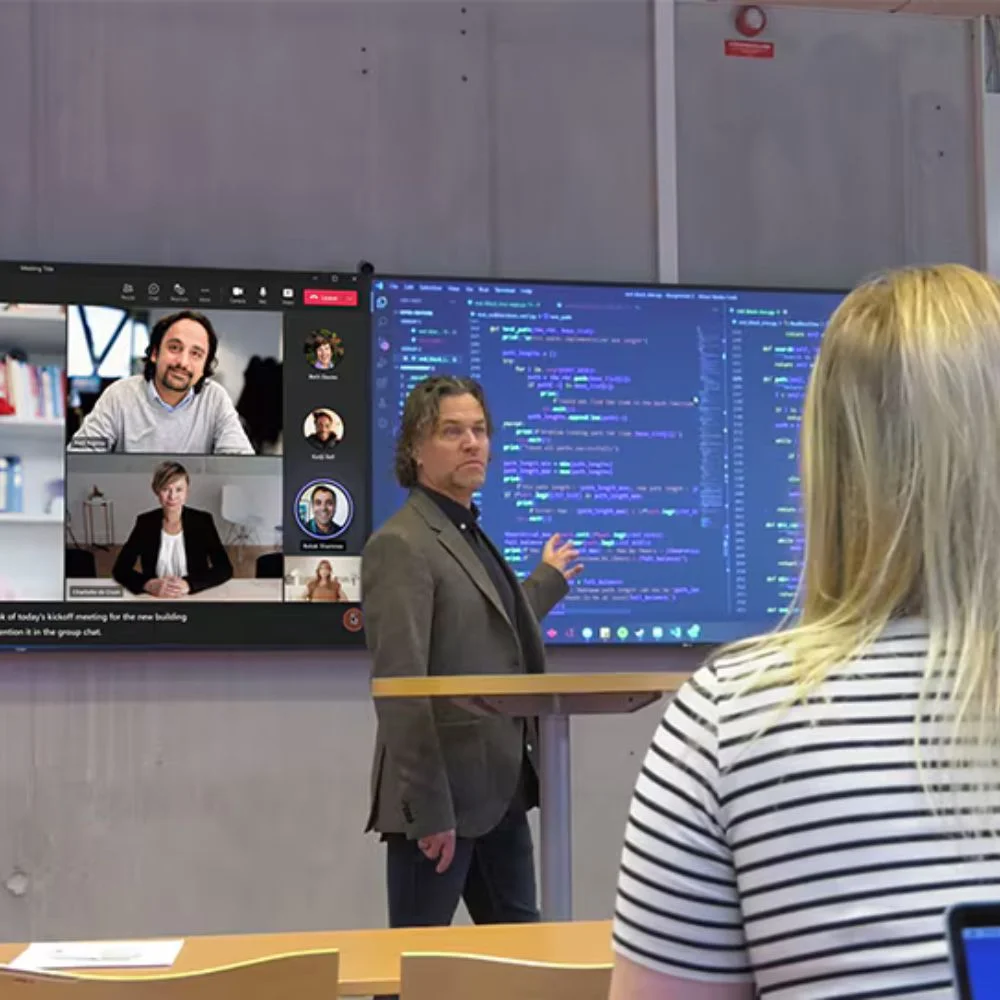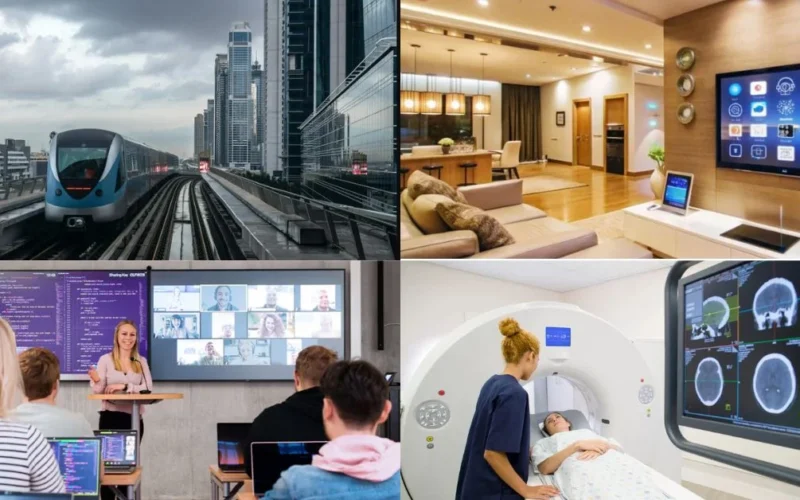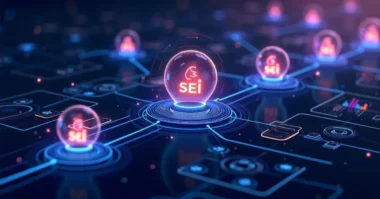Table of Contents
- What Are Advanced Technology Systems?
- Advanced Technology Systems in Key Industries
- 1. Healthcare: Smarter, Faster, and More Accurate
- 2. Transportation: Toward Autonomous Mobility
- 3. Education: Personalized and Global
- 4. Artificial Intelligence in Daily Decision-Making
- 5. Shopping and E-Commerce
- 6. Remote Work and Virtual Collaboration
- 7. Digital Banking & Financial Tools
- 8. Home Security
- Pros and Cons of Advanced Technology Systems
- Conclusion
What Are Advanced Technology Systems?
At its core, an advanced technology system is any integrated set of tools or processes that leverage cutting-edge technologies like artificial intelligence (AI), robotics, Internet of Things (IoT), and data analytics to solve complex problems or automate tasks.
These systems are designed to think faster, do more, and work smarter. You’ll often find them powering innovations in industries like healthcare, transportation, education, finance, and even agriculture.
1. Smart Homes
Smart home systems combine sensors, machine learning, and automation to manage lighting, temperature, security, and more. Do you remember having to get up just to switch off the lights? Today, smart homes let us control lighting, temperature, security systems, and even coffee makers with a simple voice command or tap on an app.
2. Smartphones
More than just devices to call or text, today’s smartphones are mini-supercomputers. With facial recognition, augmented reality (AR), and powerful AI processors, they’re everyday hubs of innovation.
Real-World Example: Smart thermostats such as Google Nest track your routines and adjust settings automatically over time. They automatically adjust your home’s temperature for comfort and energy savings no manual tweaking needed.
Advanced Technology Systems in Key Industries
Smart technology innovations are reshaping specific industries in those ways that are both exciting and impactful.
1. Healthcare: Smarter, Faster, and More Accurate

Healthcare is benefiting enormously from AI, robotics and data-driven diagnostics.
- Telemedicine platforms connect patients with doctors right from the comfort of their homes.
- Wearables like Fitbit and Apple Watch monitor vital signs and can alert users (and even doctors) of irregularities.
- AI algorithms assist radiologists in spotting abnormalities in scans more precisely.
Real-World Example: IBM Watson Health analyzes vast amounts of medical literature and patient data to recommend personalized treatment options.
2. Transportation: Toward Autonomous Mobility
Self-driving cars may still be in development stages but the tech behind them is advancing rapidly. Ride-share apps, real-time GPS traffic updates and predictive maintenance in vehicles are all examples of this tech in motion.
- EVs (Electric Vehicles) with over-the-air software updates are changing how cars work.
- Smart traffic lights adapt to congestion in real-time to improve flow and reduce emissions.
3. Education: Personalized and Global

Remote learning platforms exploded in popularity during the pandemic but now, they’re here to stay. AI transforms education by providing personalized lessons and adjusting tests to match each student’s progress.
- Language learning apps like Duolingo adjust lessons based on user progress.
- Virtual reality (VR) enables immersive lessons imagine walking through ancient Rome without leaving the classroom.
4. Artificial Intelligence in Daily Decision-Making
Artificial Intelligence (AI) powers many decisions you might not even notice:
- The playlists Spotify creates for you
- Product suggestions on Amazon
- Your email’s spam filter
These subtle AI functions personalize your experience, save time, and make tasks more convenient.
Example: Google Photos uses AI to identify people, places, and even pets in your pictures, making photo organization almost effortless.
5. Shopping and E-Commerce
Online shopping has surged as technology speeds up purchases, enhances security, and tailors the experience to each shopper.
- AI-driven product recommendations
- Augmented Reality (AR) previews (like trying on glasses virtually)
- One-click checkout and voice-based shopping
Example: IKEA’s app helps you visualize furniture in your own room using augmented reality, no need for a measuring tape.
6. Remote Work and Virtual Collaboration
Technology isn’t just helping us stay connected; it’s reshaping how we work entirely.
- Video conferencing through Zoom, Google Meet, and Teams
- Cloud storage like Google Drive for real-time collaboration
- Project management tools like Trello, Asana or Notion
Example: Companies now hire talent from anywhere in the world, making work-from-home more than just a trend; it’s a norm.
7. Digital Banking & Financial Tools
Managing your money has never been easier thanks to digital banking and fintech innovations.
- Send/receive money in seconds via apps like Venmo or PayPal
- Track your spending with budgeting apps such as Mint or YNAB to stay in control of your finances.
- Invest using robo-advisors like Betterment or Acorns
Example: Banks now offer AI-driven fraud detection, alerting you instantly if something looks suspicious with your account.
8. Home Security
Feeling safe is one of the most crucial aspects of a happy home, and technology is stepping up.
- Smart doorbells (like Ring) with real-time video
- Motion sensors and automated alerts
- Remote monitoring through mobile apps
Example: While on vacation, you can check your front door or even unlock it remotely for a pet sitter right from your phone.
Pros and Cons of Advanced Technology Systems
As much as advanced technology systems bring innovation and convenience, they also come with certain drawbacks. Here are some of these:
Pros of Advanced Technology
- Increased Efficiency: Machines and automation speed up tasks that used to take hours.
- Improved Communication: Tools like video conferencing and instant messaging make global communication seamless.
- Enhanced Healthcare: From AI diagnostics to wearable health monitors, tech helps improve patient care.
- Convenience: Smart home systems, online shopping, and digital banking save time and effort.
- Access to Information: Technology makes education and knowledge more accessible to everyone.
Cons of Advanced Technology
- Privacy Concerns: More tech means more personal data being collected and potentially misused.
- Job Displacement: Automation can replace human jobs, especially in repetitive or manual roles.
- Digital Addiction: Overuse of screens and social media can lead to mental health issues.
- High Costs: Advanced technology often requires a big investment to set up and keep running.
- Cybersecurity Threats: With more devices online, the risk of hacking and data breaches increases.
Conclusion
Advanced technology doesn’t mean you have to overhaul your life overnight. It’s about finding what fits your lifestyle and embracing the tools that make your day easier, safer, or more productive. Whether you’re setting up a smart home, exploring wearable tech, or just downloading an AI-powered app that simplifies grocery shopping, technology is here to serve you, not stress you out.








